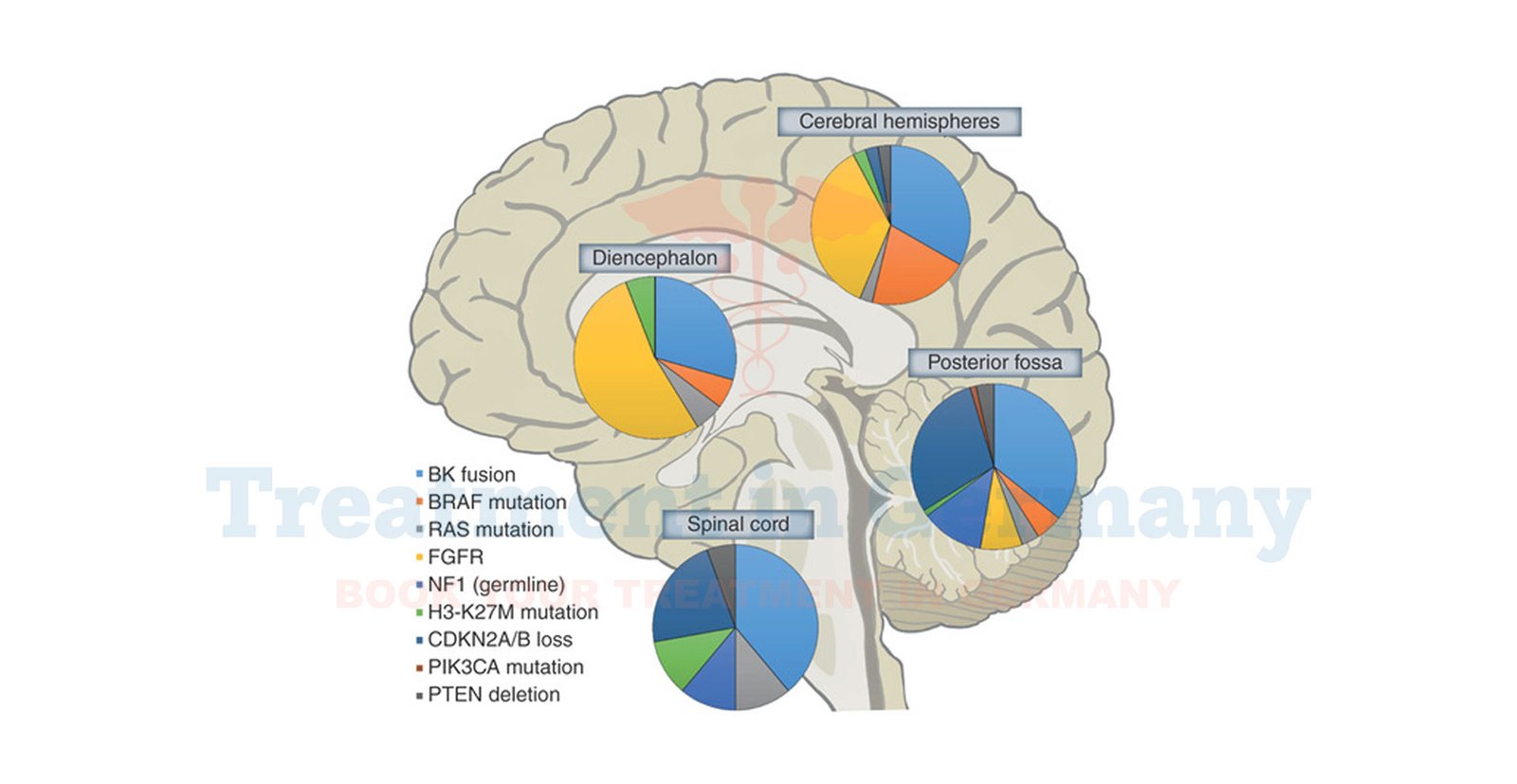What is Pilocytic Astrocytoma?
Pilocytic astrocytoma is a type of brain tumor that primarily affects children and young adults. It is classified as a low-grade glioma, which means it generally grows slowly and is less aggressive compared to other brain tumors.
This tumor originates from astrocytes, a type of glial cell in the brain that supports and protects nerve cells. Pilocytic astrocytomas often occur in the cerebellum, but they can also develop in other parts of the brain and spinal cord.
Side Effects of Pilocytic Astrocytoma
The side effects of pilocytic astrocytoma largely depend on its location, size, and the pressure it exerts on surrounding brain structures. Common symptoms include:
- Headaches: Frequent or severe headaches, often worse in the morning.
- Nausea and Vomiting: These symptoms can result from increased intracranial pressure.
- Balance and Coordination Problems: Difficulty with motor skills, clumsiness, or trouble walking, especially if the tumor is in the cerebellum.
- Vision Problems: Blurred or double vision, or other visual disturbances.
- Seizures: In some cases, the tumor can lead to seizures or epileptic episodes.
- Developmental Delays: In children, developmental delays or changes in behavior might be noticeable.
How is Pilocytic Astrocytoma Diagnosed?
Diagnosis of pilocytic astrocytoma typically involves several steps:
- Medical History and Physical Examination: Your doctor will review your medical history and perform a physical exam, focusing on neurological symptoms.
- Imaging Studies: The primary diagnostic tool is neuroimaging, often through:
- MRI (Magnetic Resonance Imaging): Provides detailed images of the brain and spinal cord to identify the tumor’s location, size, and effects on surrounding tissues.
- CT Scan (Computed Tomography): Used to get a quick overview of the tumor, especially in emergency situations.
- Biopsy: In some cases, a biopsy may be needed to confirm the diagnosis. A small sample of the tumor is removed and examined under a microscope to determine its type and grade.
- Genetic and Molecular Testing: Advanced tests may be used to identify specific genetic markers associated with the tumor, which can provide additional information about its behavior and guide treatment decisions.
Potential Treatment of Pilocytic Astrocytoma
Treatment options for pilocytic astrocytoma in Germany are comprehensive and tailored to each patient's specific needs:
- Surgery: The primary treatment is often surgical removal of the tumor. Neurosurgeons aim to remove as much of the tumor as possible while preserving surrounding healthy brain tissue. In many cases, surgery can be curative, especially if the tumor is localized and accessible.
- Radiotherapy: If the tumor cannot be completely removed or if it recurs, radiation therapy may be recommended. This uses high-energy rays to target and destroy any remaining cancer cells.
- Chemotherapy: Although less common for pilocytic astrocytomas compared to other brain tumors, chemotherapy might be used in certain cases, especially if the tumor is in a location difficult to treat surgically or if there is a high risk of recurrence.
- Follow-Up Care: Regular follow-up appointments are crucial to monitor for any signs of tumor recurrence and to manage any long-term effects of treatment. This may include additional imaging studies and neurological evaluations.
.👉 Contact us for further information and receive a complimentary consultation.

.webp)
.webp)
 (1).webp)
 (1).webp)

.webp)
.webp)
 (1).webp)
 (1).webp)
